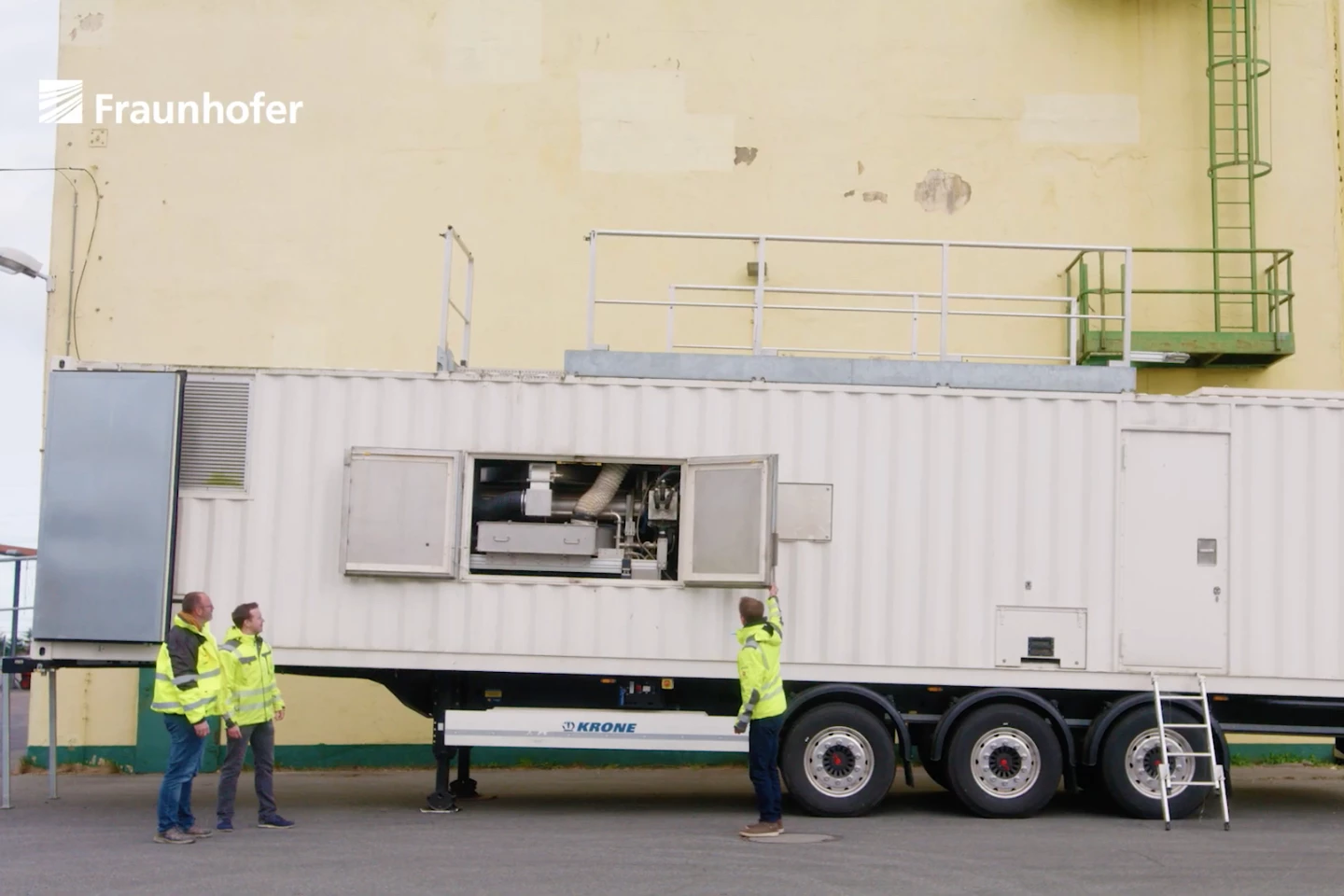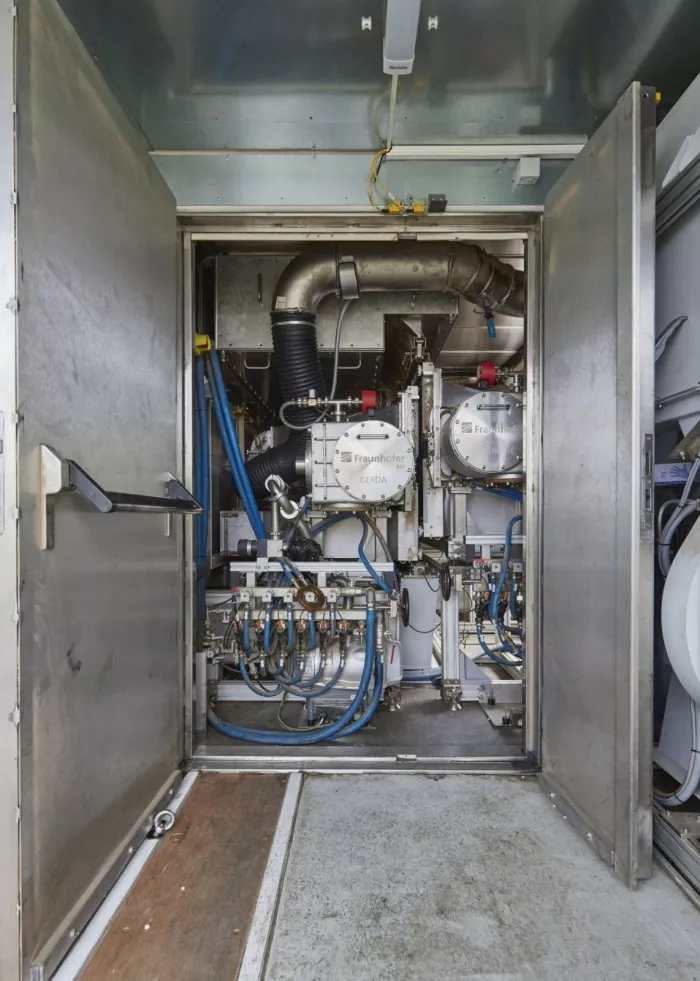According to new atlas, because seeds may contain fungi, bacteria or viruses that reduce production, they are usually chemically treated before being sold to farmers. However, a new mobile system replaces environmentally friendly chemicals with electrons that kill microorganisms**

The problem with existing chemical treatments is that fungicides and antibacterial compounds deposited on seeds may be harmful to farmers and the environment in which seeds are planted.
As early as the 1980s, scientists began to study the use of electrons instead of this chemical. In 2008, scientists from the Fraunhofer Institute of organic electron, electron beam and plasma technology in Germany announced A large-scale system using this technology is designed.
It passes the seed through the accelerated electron flow and destroys the chemical bonds of fungi and other pathogens on the seed coat. However, it is important that the embryo and endosperm inside the seed are not damaged. This means that after treatment, the seeds are still very dynamic, but they are also non-toxic.

Now, through cooperation with ceravis, a German agribusiness, Fraunhofer researchers have made the system mobile. Previously, seed suppliers needed to transport their seeds to a facility for treatment, but now the system can be taken to the supplier, where the seeds can be treated on site.
Its cost is roughly the same as that of traditional chemical treatment methods. As an additional bonus, beneficial bacteria or growth promoting fertilizer can be deposited on the seeds after the seed shell is disinfected.

The current version of the device is suitable for being placed in a 40 foot cabinet (12.2 meters long) and dragged by a transport truck. It can handle 20 tons of seeds per hour. In other words - thanks to the creation of smaller electronic sources - a lower cost, more compact device is now under development. It should fit in a 20 foot cabinet (6 meters long) and handle 8 tons of seeds per hour.
The technology is being commercialized through the spin off company E-vita. It is planned to start a pilot project in the middle of this year, in which a 20 foot device will be the pilot object.